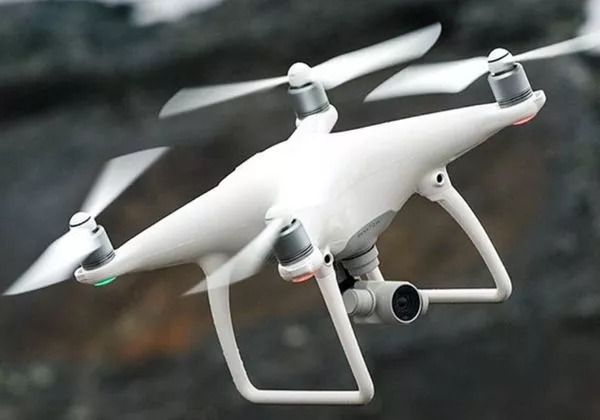 has become increasingly critical for ensuring security and privacy. With the proliferation of drones in various sectors, from personal recreation to commercial applications, effective detection techniques have also evolved. This article outlines several valuable strategies essential for identifying and managing drone activities.
has become increasingly critical for ensuring security and privacy. With the proliferation of drones in various sectors, from personal recreation to commercial applications, effective detection techniques have also evolved. This article outlines several valuable strategies essential for identifying and managing drone activities.
Acoustic Identification
One method of detecting drones is through acoustic identification. Drones typically emit sounds that are unique and traceable. By utilizing sound sensors strategically placed in areas of interest, it’s possible to detect and analyze these noise patterns to identify approaching drones. Acoustic techniques can be particularly useful in environments where visual detection tools may face limitations due to obstructions or poor lighting.
Radio Frequency Analysis
Another widespread approach is radio frequency analysis . Drones communicate with their operators via specific radio frequencies. By monitoring these frequency channels, authorities can pinpoint the presence of drones. Sophisticated RF sensors can not only detect drone signals but also help triangulate their location and even trace their operators. This method is especially effective in large-scale areas like airports or city centers, where visual monitoring might be less reliable.
. Drones communicate with their operators via specific radio frequencies. By monitoring these frequency channels, authorities can pinpoint the presence of drones. Sophisticated RF sensors can not only detect drone signals but also help triangulate their location and even trace their operators. This method is especially effective in large-scale areas like airports or city centers, where visual monitoring might be less reliable.
Optical Surveillance
Optical surveillance uses cameras and visual sensors to detect drones. High-resolution cameras equipped with night vision and infrared capabilities can identify drones in various lighting conditions. Integrating optical surveillance with motion detection technologies further enhances the ability to track drones as they move across targeted areas. This strategy is often employed in conjunction with other techniques to offer a comprehensive detection solution.
Thermal Imaging
Thermal imaging cameras detect heat signatures emitted by drones. This technique is helpful at night or in situations where drones may be camouflaged against certain backgrounds. By capturing these heat images, authorities can make precise identifications of drones that might otherwise go unnoticed.
Artificial Intelligence Integration
Advancements in artificial intelligence have significantly bolstered drone detection capabilities. AI-powered systems can analyze vast amounts of data from various sensors with remarkable speed and accuracy. Machine learning algorithms help distinguish drones from birds or other aerial objects, reducing false positives and enhancing reliability. The integration of AI with other surveillance systems provides a dynamic and responsive detection network.
How does drone detection impact security?
Drone detection plays a crucial role in maintaining the security of restricted areas such as airports, military bases, and private properties. By ensuring that only authorized drones are present, these techniques prevent potential threats posed by unauthorized surveillance, smuggling, or physical attacks.
Is there technology to disable drones?
Yes, technologies known as “drone jammers” exist to disrupt the communication between drones and their operators, effectively grounding them. However, this practice is regulated and utilized primarily by authorized agencies due to legal and safety concerns.
What should individuals do if they suspect unauthorized drone activity?
If individuals suspect unauthorized drone activity, they should report it to local authorities. Maintaining a clear line of communication with law enforcement can help prioritize security and inform the implementation of necessary countermeasures.